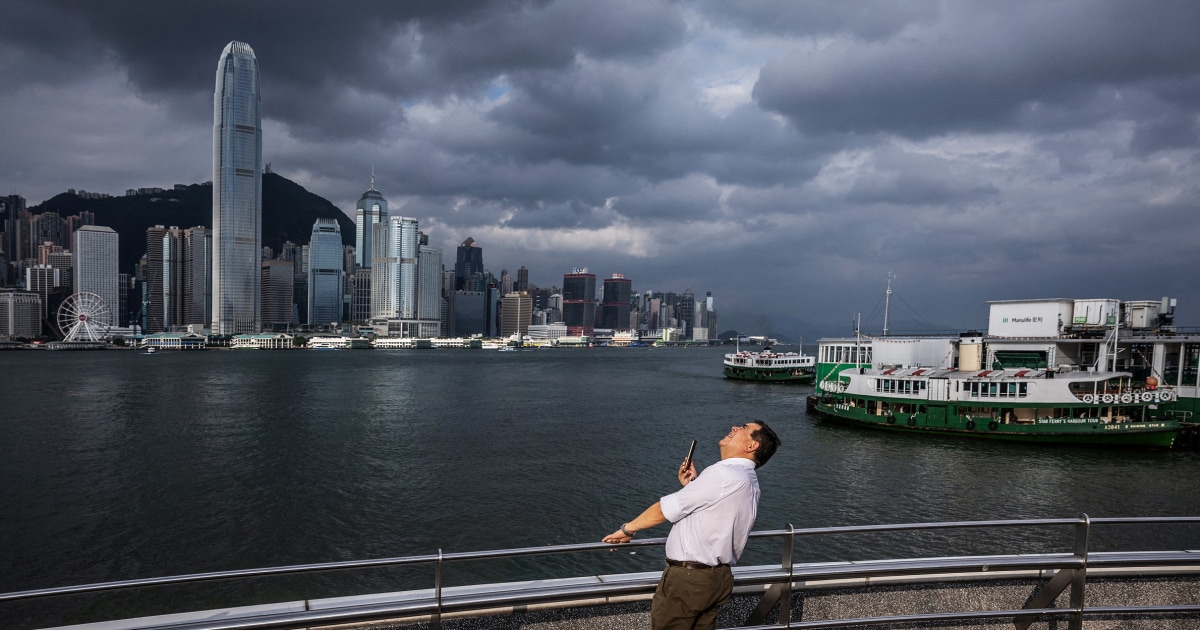Typhoon Bebinca Makes Powerful Shanghai Landfall

The Facts
Over 400K people were evacuated after Typhoon Bebinca, the strongest typhoon to hit Shanghai since 1949, made landfall in China's financial hub on Monday at around 7:30 a.m. local time.
The city's two main airports grounded all flights, train services were halted, highways remained closed, and a red alert was declared after wind speeds hit 94 mph (151 km/hr).
The Spin
Narrative A
The increasing frequency and intensity of storms in East Asia demand urgent action. Governments must prioritize better urban planning and infrastructure development. This includes improving drainage systems, expanding green spaces to absorb rainfall, and investing in flood management infrastructure. Authorities should also focus on developing and implementing early warning systems and creating or updating evacuation plans for vulnerable communities.
Narrative B
While devastating storms like Typhoon Bebinca grab headlines in East Asia, the true impact of climate change often lurks in the shadows. A silent and invisible assault, too, is unfolding, causing more subtle but pervasive effects. The rising workplace accidents, falling test scores, and rising social tensions are all unspoken results of global warming. These hidden costs disproportionately affect vulnerable populations and are separate from the more notorious capital improvement projects often touted as solutions.




